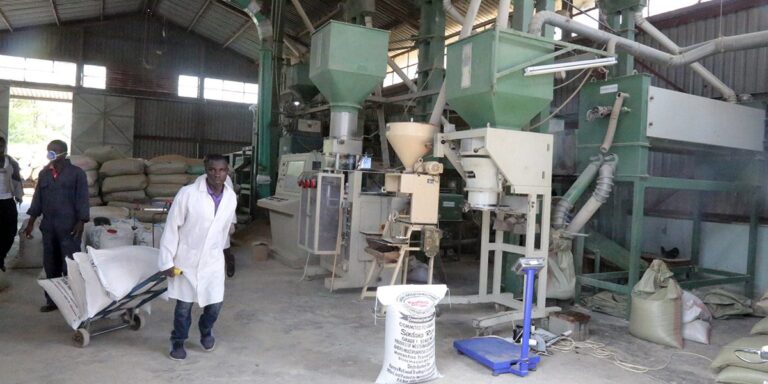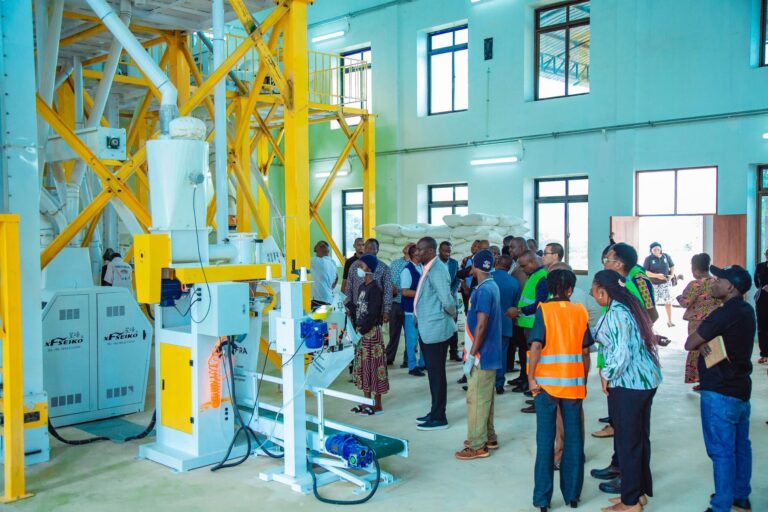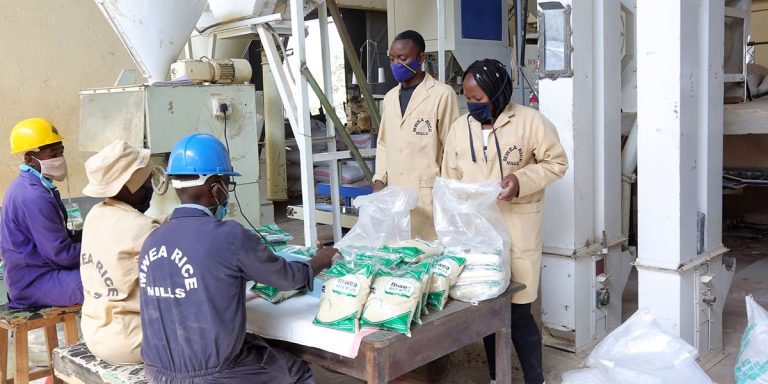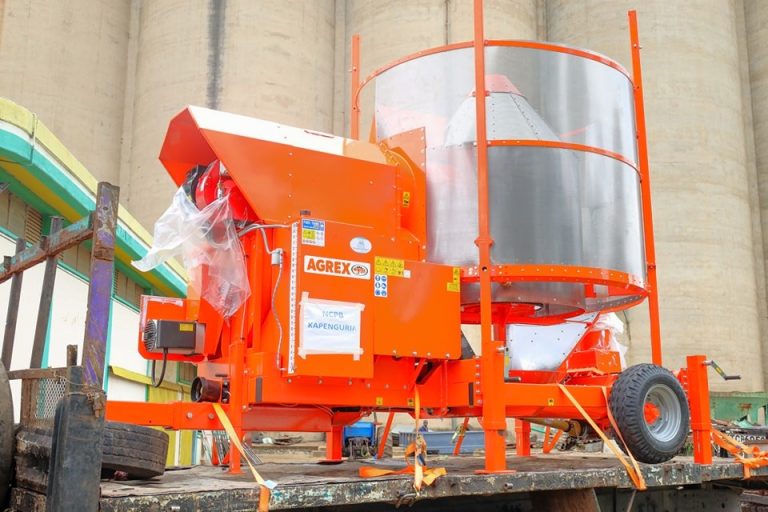By Kimuri Mwangi
Promoting biofortification, establishing centres of excellence, reducing aflatoxin and supporting youth in agribusiness are some projects that member countries of The Association for Strengthening Agricultural Research in Eastern and Central Africa (ASARECA) will benefit from with support from donors.
These are some of the outcomes from the 3rd ASARECA Council of Patron Ministers Meeting that was held in Nairobi on February 15th, 2024. The ASARECA Council of Patron Ministers (CPM) is the highest Organ of the Association with a clear mandate to provide guidance to ASARECA on regional and national strategic matters in Agricultural Research for Development. ASARECA is made up of 15 countries which are Burundi, Cameroon, Central African Republic, Democratic Republic of the Congo, Eritrea, Ethiopia, Kenya, Madagascar, Congo, Rwanda, Somalia, South Sudan, Sudan, Tanzania and Uganda.
During the meeting in Nairobi, donors pledged $50 million to support the projects.

Kenya Agriculture Cabinet Secretary Mithika Linturi who is also the current Chairman of the association said that ASARECA has worked with the National Agricultural Research Systems (NARS) of its 15 member countries and has so far mobilized over US$ 258 million to implement Agricultural Research for Development (AR4D) initiatives in Member States.
In Kenya he said ASARECA has invested US$ 19.91 million to catalyze agricultural transformation and improved livelihoods. Some of the benefits include controlling the spread of Banana Xanthomas Wilt by promoting proven measures to control the deadly epidemic in hotspots such as Ugunja in Western Kenya thereby reducing the prevalence of BXW from over 90% to less than 5% and restoring banana production from zero to 80%.

They have also increased the availability and productivity of water in rain fed and irrigated farms for over 1,500 households in Machakos and Makueni counties. Kenya also coordinated the Eastern Africa Agricultural Productivity Project (EAAPP), where Kenya attained the status of the Regional Centre of Excellence for Dairy leading to development of over 3 million doses of livestock semen among other benefits. Kenya also benefitted by fighting Cassava Brown Streak Disease (CBSD), leading to the development of tolerant varieties such as Mkombozi that were availed to farmers in Kwale, Kilifi and Taita Taveta Counties. There was also the scaling out Orange-fleshed Sweet Potato as a cheaper source of vitamin A for children by promoting Ejumula, Kabode and Vita varieties in Western Kenya, especially Busia and Bungoma Counties.

“We were able to establish centres of excellence in this particular region where for example Kenya was a centre that was picked to deal with dairy and indeed Kenya boasts for having succeeded in that particular area. Tanzania our good friends here is proud to be a leader in rice production. Ethiopia is doing wheat while Uganda is leading in cassava. I think through synergy and us coming together, is that we end up benefiting from the pool of great minds of researchers that work within ASARECA,” opined Linturi.
ASARECA Executive Director Dr. Enock Warinda said together with the scientists and stakeholders, they have identified the key areas and even the key regions to support biofortification in hot spots where there is acute hunger and support the people there by demonstrating to them the technologies that can work for them.

“We’ve identified hotspots where people are dying because of aflatoxin so that when this money comes it is just a matter of action. It will be based on an already drawn work plan and an implementation schedule so it’s not just an ad hoc thing as a lot has gone into the planning. So, this is a plan for the next five years so we will be moving and you’ll be getting feedback like every quarter to show you how far we have gone,” quipped Warinda.







